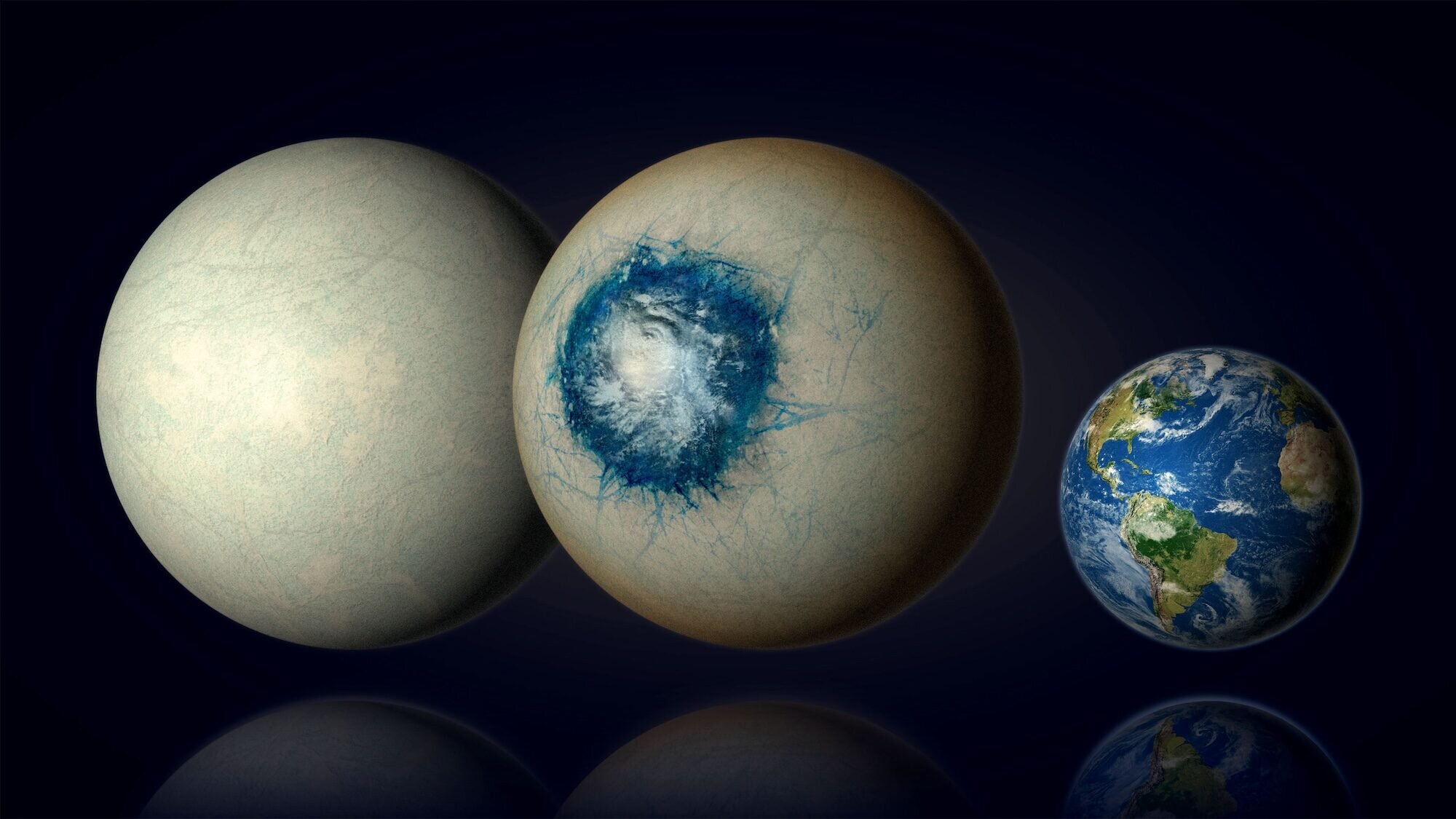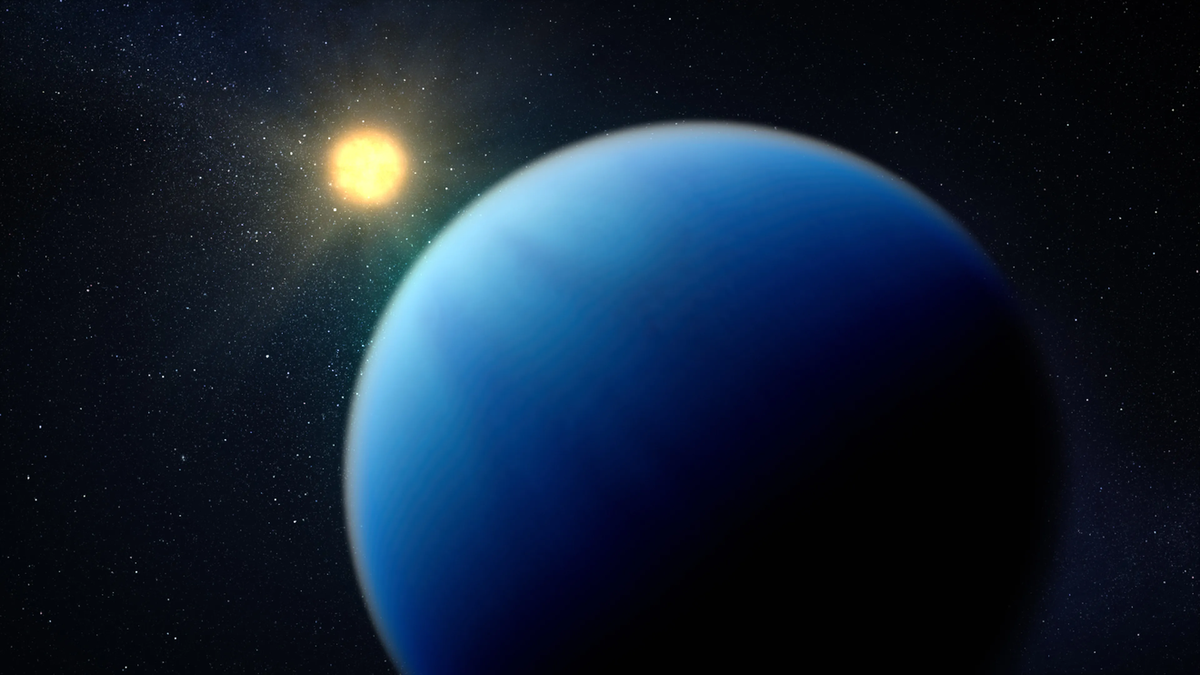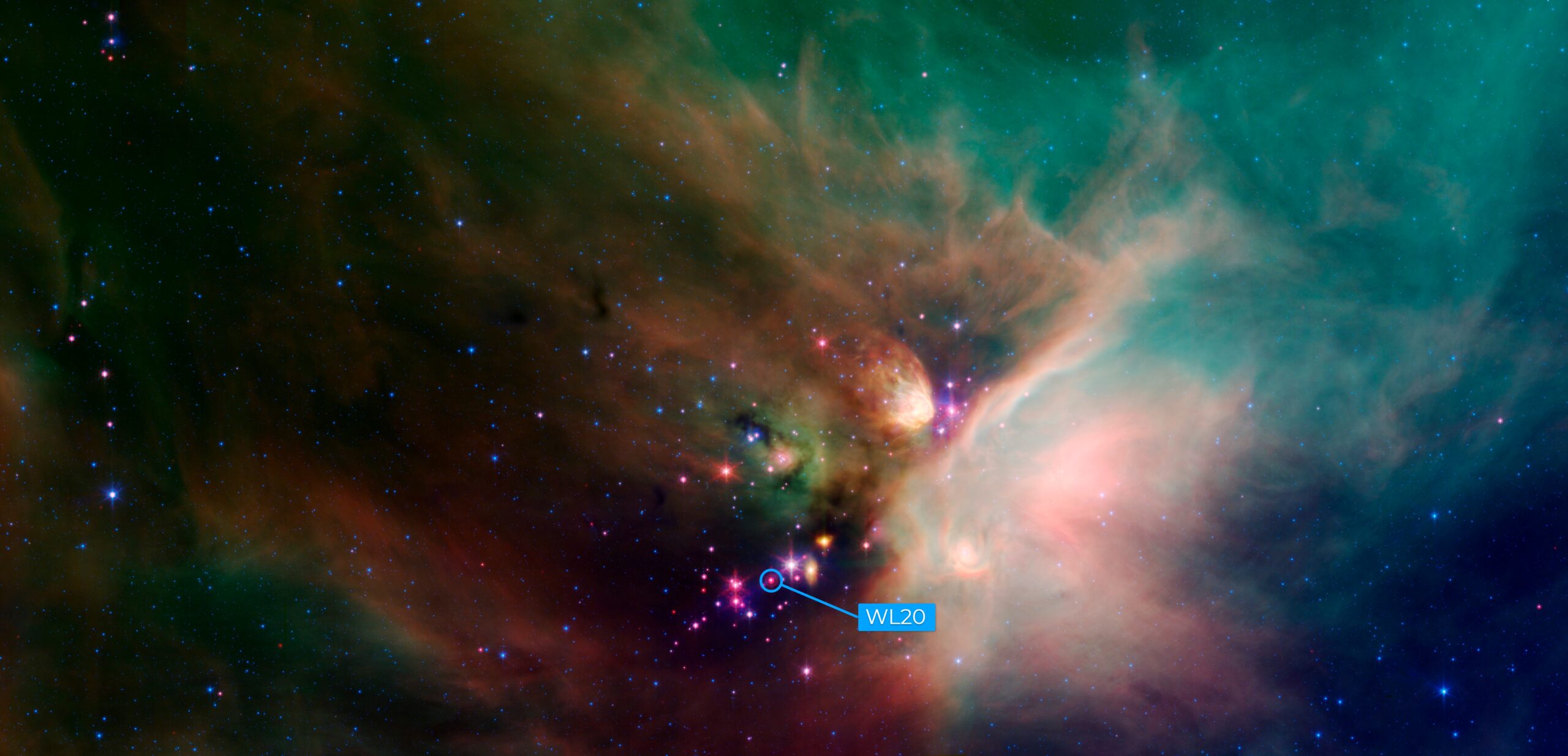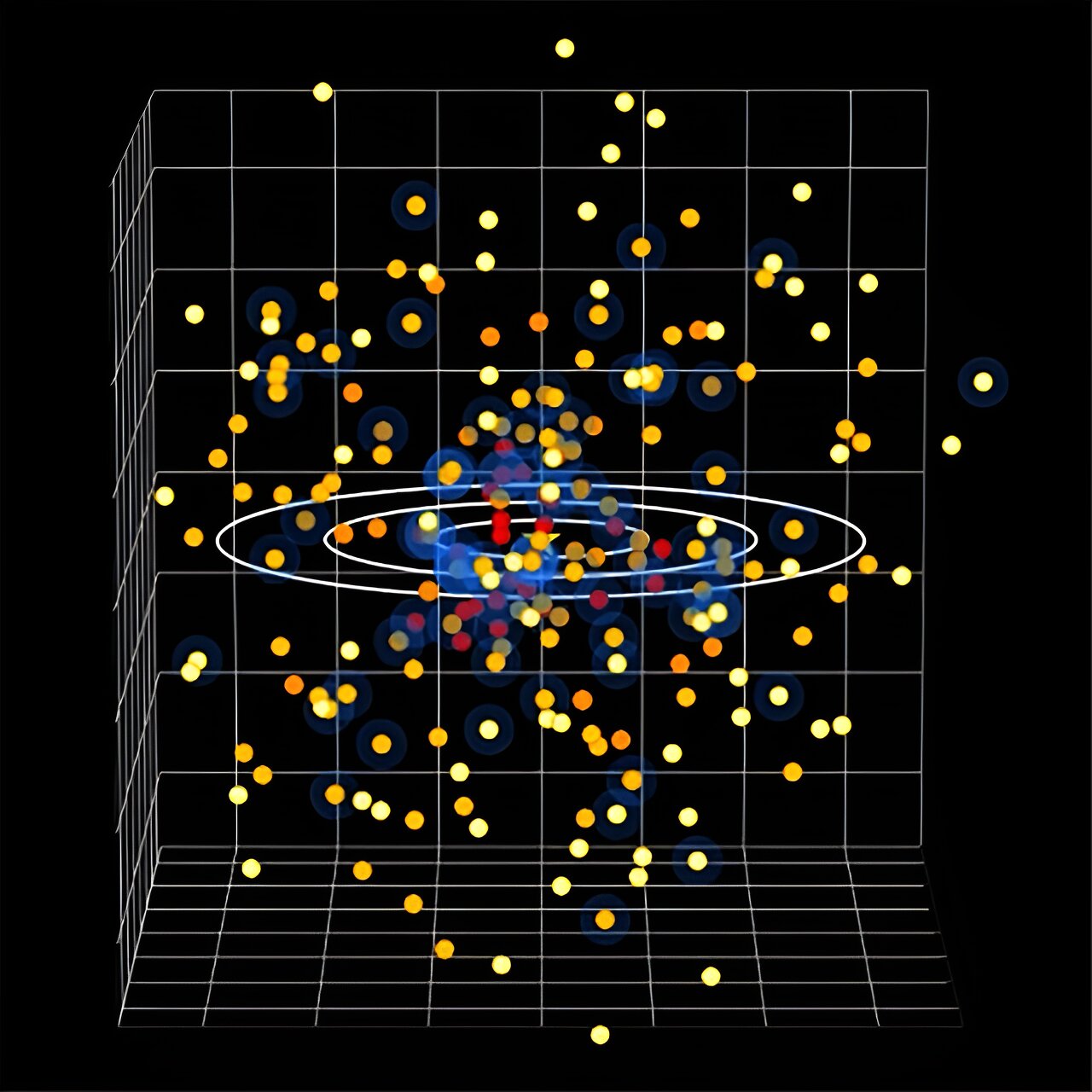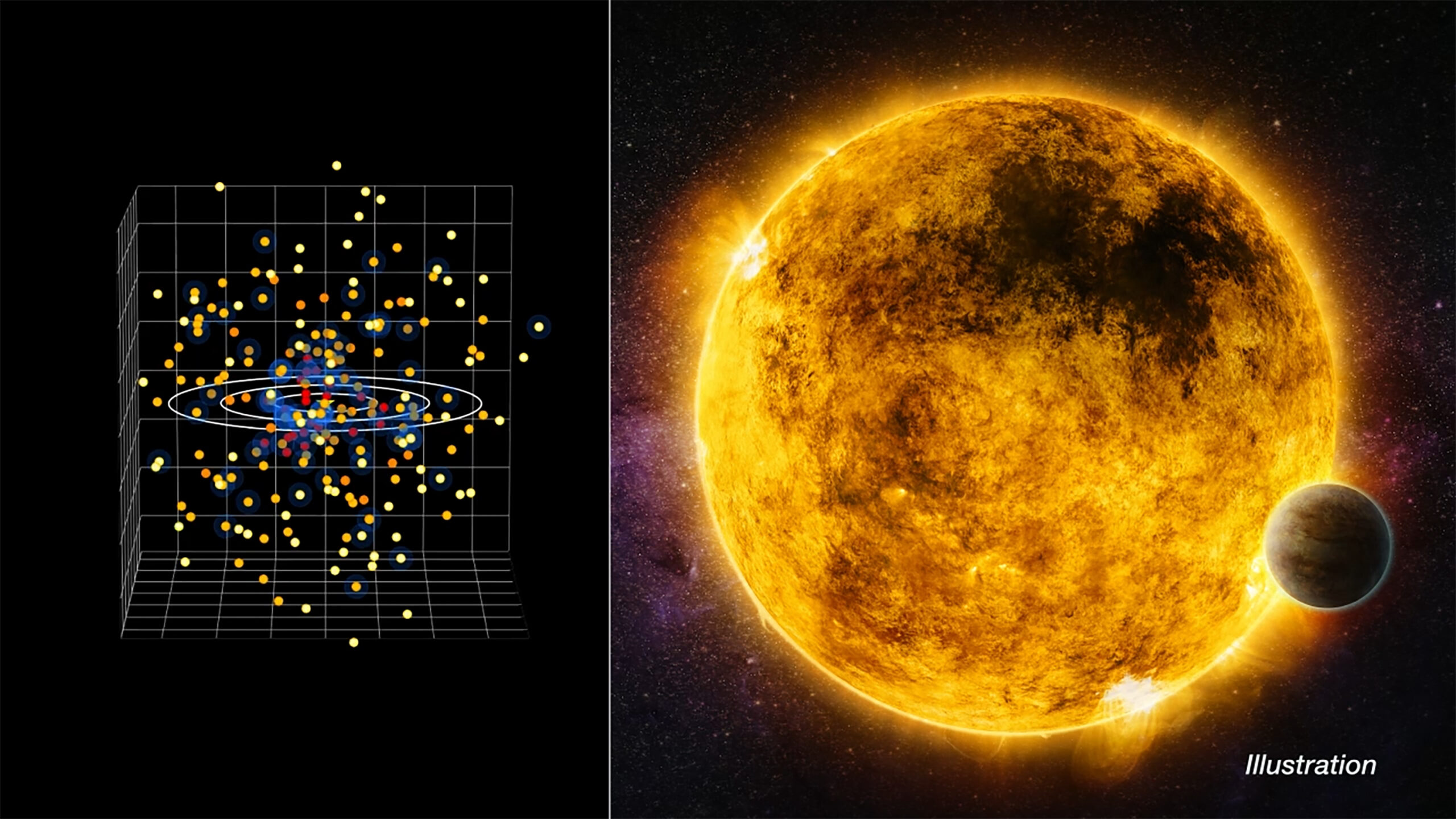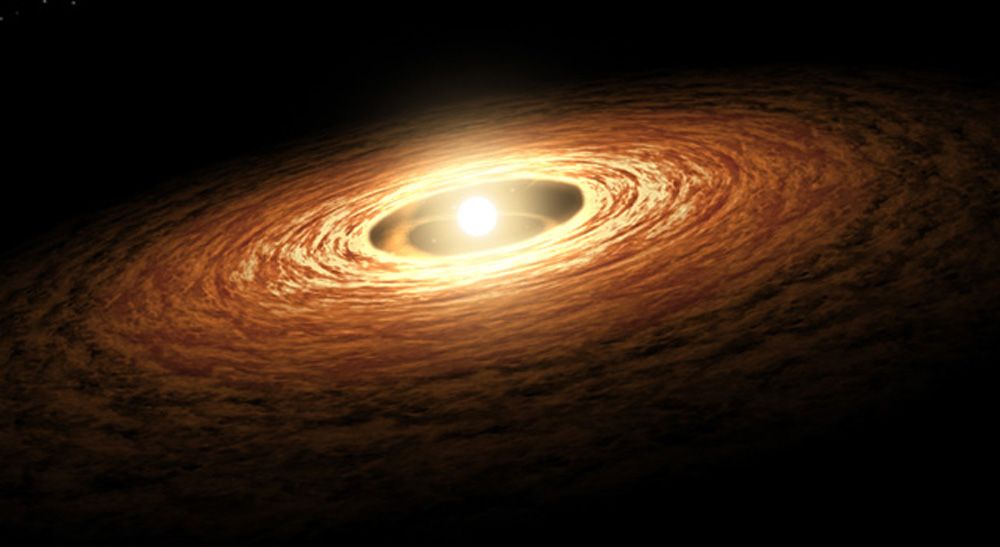Scientists find planet with potential for life
An exoplanet in its star’s habitable Goldilocks zone is now suspected of having a liquid water ocean and an atmosphere. The planet, called LHS 1140 b, is about 1.7 times the size of Earth and is located about 48 light-years away. This distant world, first discovered in 2017, now turns out to be a rocky … Read more
